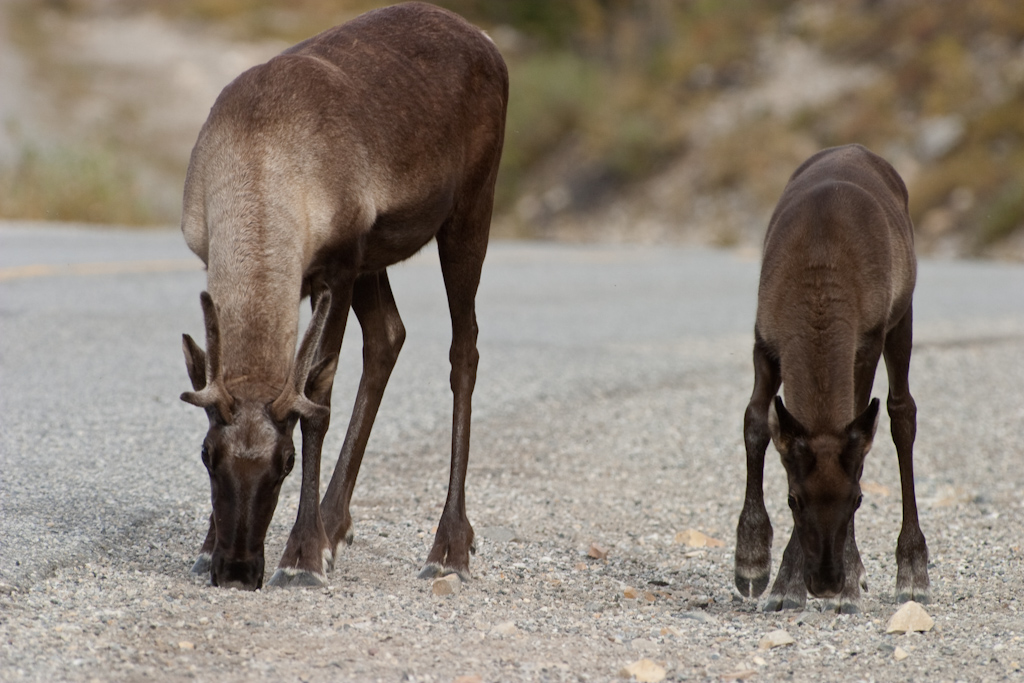BC needs a dedicated species at risk law—one that focuses on recovery
May 22, 2019

May 22, 2019

British Columbia is home to the most biodiversity of any Canadian province or territory, with a vast array of species from the coast to the Rockies. Not only is B.C. home to the most species at risk in Canada, it also lacks dedicated species at risk legislation. On May 22, the International Day for Biological Diversity, UBC researchers Sarah Otto and Cole Burton discuss British Columbia’s efforts to develop comprehensive species at risk legislation.
Along with colleagues from UBC, Simon Fraser University, the University of Victoria, and the University of Northern British Columbia, they’ve just released recommendations for designing species at risk legislation in the province.
For a province with such incredible natural heritage, we’re behind the curve. We have a patchwork of laws that don’t consistently protect all species at risk from all types of human impacts across all types of land use. It’s an approach that hasn’t effectively prevented species declines—BC caribou herds are a prime example. And recent comments from the provincial government have the research community concerned that the province might be backing away from its plans for legislation. Protecting and recovering endangered species is a major challenge, but the good news is we can learn from successes and failures in other jurisdictions.
It would focus on recovery and independent oversight.
Laws that generate lists and plans without accountability for species recovery are ineffective. An effective law requires the commitment of resources to conservation and coordination among sectors to ensure that enough is done to halt species declines. We recommend a strong and immediate program for monitoring and reporting on recovery efforts, and the formation of specialized recovery teams—working together much like a team of doctors to save a dying patient.
We also recommend transparency in determining which species are listed as endangered, based on evidence and determined by independent experts. Some jurisdictions in Canada allow government discretion to list or not list species, even in cases where the evidence is clear that the species is endangered. That means some species fall between the cracks, without coordinated recovery efforts. There are also ways to speed up the listing process by making it automatic for species already listed under Canada’s federal Species at Risk Act. That would avoid delays and the costs of evaluating species twice.
Any new law needs to use lessons from natural and social sciences and from Indigenous knowledge to have the best chance of making a difference for species on the ground. To save species from extinction requires deeper integration among provincial, federal, and Indigenous governments, academic, industry, and non-governmental sectors. A key aspect is nation-to-nation engagement with Indigenous peoples to co-develop policies that protect species at risk.
We honour xwməθkwəy̓ əm (Musqueam) on whose ancestral, unceded territory UBC Vancouver is situated. UBC Science is committed to building meaningful relationships with Indigenous peoples so we can advance Reconciliation and ensure traditional ways of knowing enrich our teaching and research.
Learn more: Musqueam First Nation